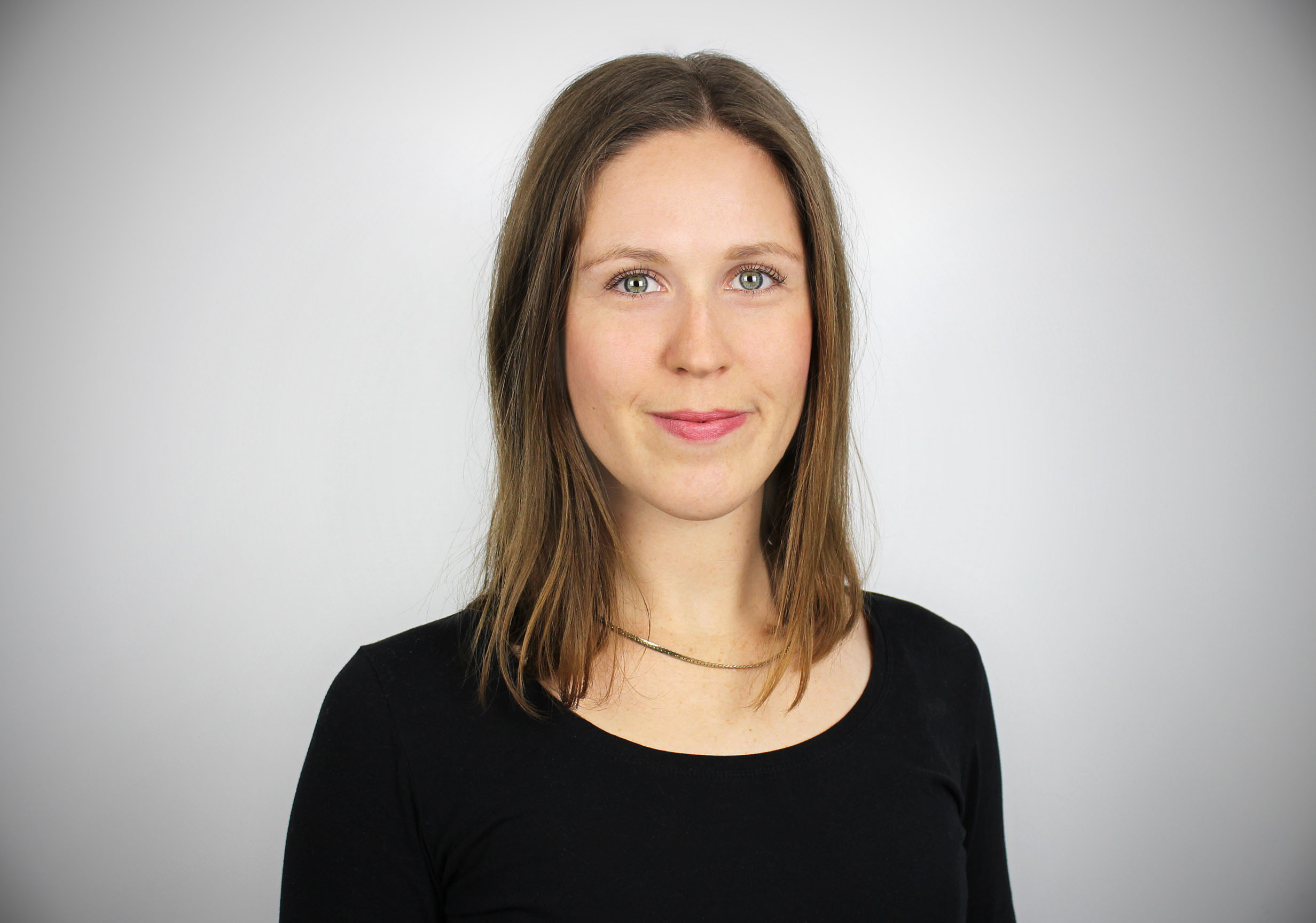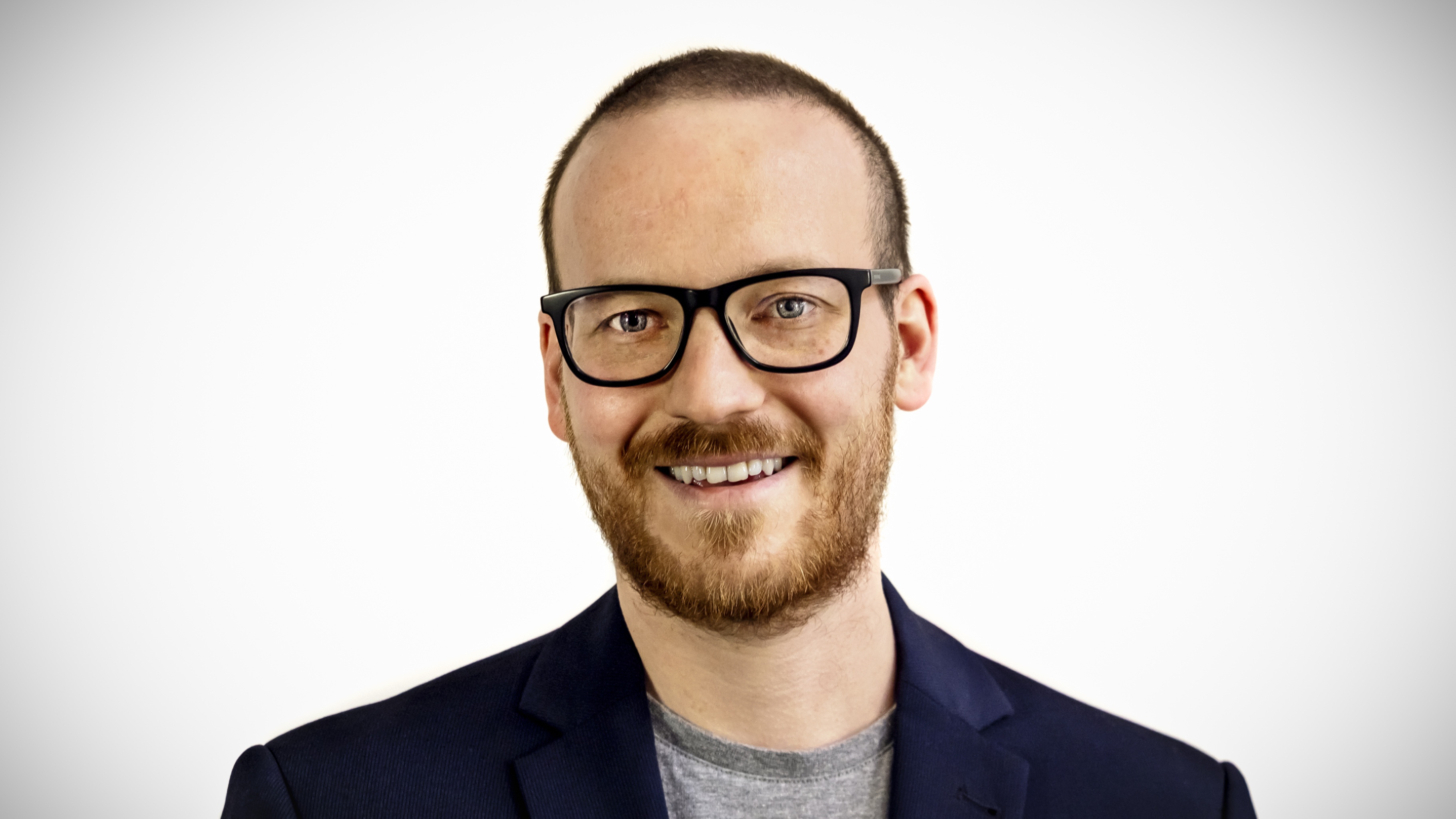Making sense of our connected world

Getting Involved: Data science for good
An Interview with Johannes Müller by Lorenz Grünewald-Schukalla and Claudia Haas
In 2018, an interdisciplinary expert commission comprising nine professors started working on the Third Engagement Report, titled The Future of Civic Society: Young Engagement in the Digital Age. The expert commission was chaired by Jeanette Hofmann, director of the Alexander von Humboldt Institute for Internet and Society (HIIG), and was supported by the head office based at HIIG. The report draws on a number of resources, including talks with various experts on civic engagement and digitalisation that have opened up questions on highly relevant but under-researched phenomena. How does digitalisation affect people’s ability to be an engaged citizen, especially if they are young? How do new digital infrastructures and practices change the existing and enable new forms of civic engagement? What is the role of common resources? Claudia Haas and Lorenz Grünewald-Schukalla interviewed three dedicated experts who are committed to shaping digitalisation in ways that are beneficial to everyone. One of these experts is Johannes Müller, founder of CorrelAid e.V. (https://correlaid.org), a nonprofit association with a network of more than 1000 volunteer data analysts who help NGOs to use and analyse their data.
Read our first interview here.
Grünewald-Schukalla: There’s a wide range of data collected in organisations. You are the CEO of CorrelAid, which voluntarily conducts data analyses for nonprofit organisations. How do these organisations use data?
Müller: Every organisation already sits on a lot of data. It comes in all forms and shapes – databases, surveys, registration lists, financial and operative indicators. Even text based-documents like meeting minutes can prove to be a data source from which an organisation can learn something. Making use of these kinds of data through data science and machine learning can have tremendous benefits for NPOs as well. To give a few examples: in one project we modelled the supply and demand patterns of a food bank to assist their planning efforts. And recently, we started a project with an organisation that puts sensors into beehives to monitor their health and thus generates a lot of data to be analysed.
I think we will see many more interesting applications of natural language processing, image recognition and forecasting in the future. For example, we are currently trying to classify images of houses and storefronts to determine whether they are barrier-free for wheelchair users. Another area where I see tremendous potential is the environmental protection sector. We already have a lot of organisations with experience there as well as data that is mostly not personal information and hence a lot easier to deal with in terms of privacy and security concerns.
However, most nonprofit organisations lack the necessary expertise as well as financial resources to optimise their processes using data analysis. In the nonprofit sector, we are not only optimising for profit but for impact. So the question really is: how can we make the potential of data science accessible to everybody and enable every NPO to harness their data for their mission?
Grünewald-Schukalla: Since open-source software is developed by and for the commons, it seems logical to use open source in nonprofit organisations. What’s your assessment of the application of open-source software and open data in organisations?
Müller: We rely almost exclusively on open-source software for our work, especially in the case of the programming languages R and Python and their respective ecosystems of tools. Such open-source solutions exist for many more problems and applications. However, these programmes are frequently not user-friendly and require at least a certain amount of technical understanding (e.g. when you have to host and maintain a solution yourself). NPOs just don’t have the resources to engage with all the new developments out there.
This reveals a kind of paradox: the data science tools themselves are created by and for common purposes and are publicly available for free. Yet they are almost exclusively used in academia and private businesses. That’s why we say that we need to democratise the potential of data science.
Regarding your question about open data, I think the biggest challenge is to find effective mechanisms to match open-data providers with potential open-data users and data science experts.
Grünewald-Schukalla: What present and future challenges do you see for generating and using data for civic engagement and participation?
Müller: I currently see two big challenges: first of all, there is no general understanding of what this new and advanced technology is capable of and what impact it can have, especially for nonprofit organisations. When people talk about the potential of technology, they use terms like artificial intelligence and big data in a vague and abstract way. This creates a huge barrier to seeing the real value of data science methods and how they could be applied in both large and small organisations.
Second, most NPOs are run by incredibly passionate people who go above and beyond for their cause. However, they often work in precarious and uncertain circumstances. They have to raise funds, pay their staff and keep their programmes up and running. That doesn’t leave much time for exploring new areas such as making use of their data. Therefore, we need to think more holistically about how to make their life easier, specifically in terms of legal regulations, access to financial resources and ecosystem support. And we as the data science community need to build more bridges to civic society at large and think about how we can contribute.
This post represents the view of the author and does not necessarily represent the view of the institute itself. For more information about the topics of these articles and associated research projects, please contact info@hiig.de.

You will receive our latest blog articles once a month in a newsletter.
Research issues in focus
Online echoes: the Tagesschau in Einfacher Sprache
How is the Tagesschau in Einfacher Sprache perceived? This analysis of Reddit comments reveals how the new simplified format news is discussed online.
Opportunities to combat loneliness: How care facilities are connecting neighborhoods
Can digital tools help combat loneliness in old age? Care facilities are rethinking their role as inclusive, connected places in the community.
Unwillingly naked: How deepfake pornography intensifies sexualised violence against women
Deepfake pornography uses AI to create fake nude images without consent, primarily targeting women. Learn how it amplifies inequality and what must change.





